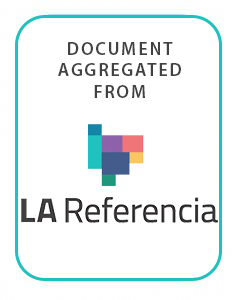Resource information
Environmental ordering is a process that promotes adequate land use through regulation, planning and management of the elements of a specific environment. Nevertheless, the process of environmental ordering has been assumed as static, considering only physical aspects in the analysis of environmental problems. The concept has not regarded the joint of values, attitudes, and motivations that govern the relationship between society and nature.In mountain protected areas, the attempts to take on environmental orderinghave been even more difficult because of their high physical, social, and cultural variability; as much as the ways the relationship between their inhabitants and nature has been understood. In the face of this, the present text poses that, in the process of environmental ordering of these areas, the attention should be placed on specific socio-cultural and natural environmental features, which represent the structures that guide and address the activities of the groups that use the natural resources of the area. This will allow understanding and explaining their practices and how they lead to environmental changes. This understanding, in turn, will facilitare the phases of regulation, planning, and management of the mountain protected areas. Under this premise, I have analysed the grazing impacts in Huascarán National Park, by studying the factors that guide this activity. This case attempts to be an example of analysis of other activities in mountain protected areas when processes of environmental ordering are undertaken in such zones.In order to accomplish this, I chose three cases within the park and I present their physical, social, and cultural characteristics related to grazing. These characteristics helped me to find out the structures that might be guiding the development of grazing, and how they influence the way grazing causes different impacts on the landscape of the park. Simultaneously, the existence of environmental changes in the area was confirmed through the review of aerial photos, and the construction of topographic profiles. Afterwards, I analysed if these changes were linked to grazing or not. At the end, I pose sorne considerations to undertake environmental ordering in mountain protected areas through an alternative view emerged from the three study cases in the park.

